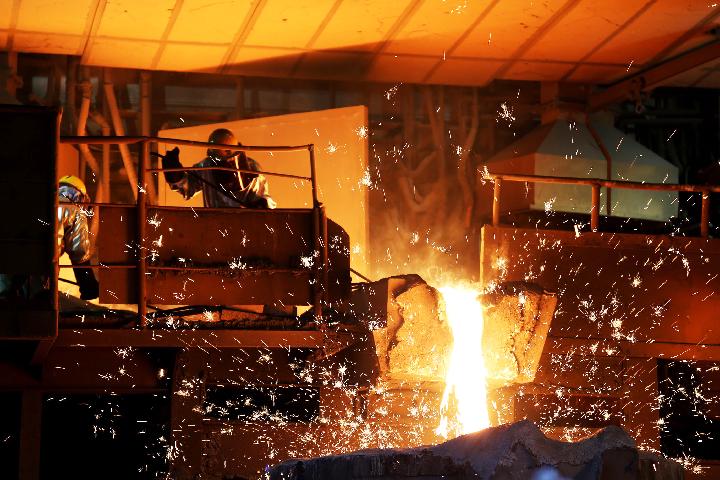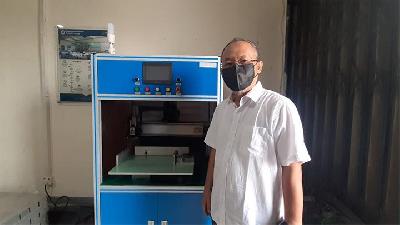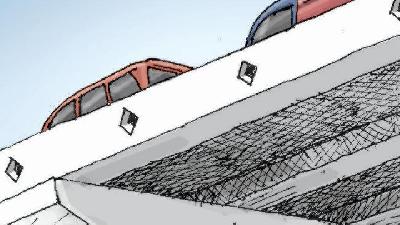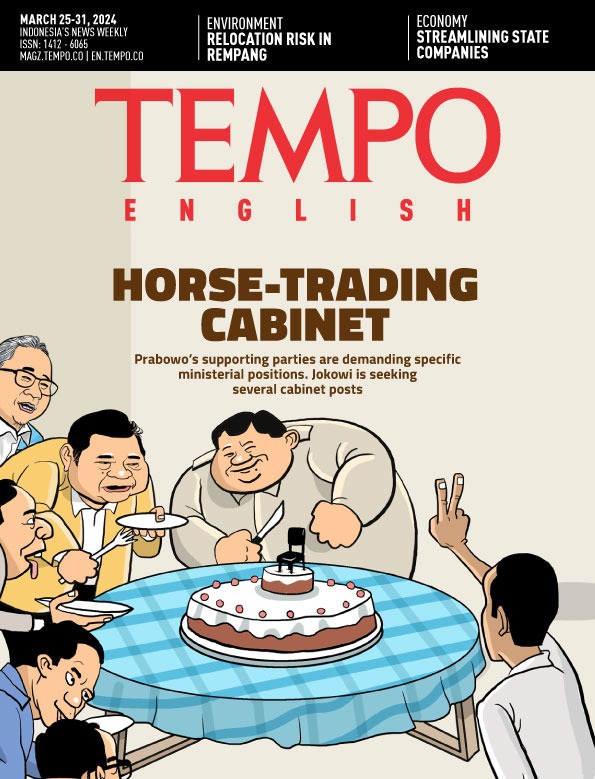Between Hopes and Problems
Monday, January 11, 2021
arsip tempo : 171357244494.

NEWS reports on electric vehicles prompted Nafielah Mahmudah to buy up shares of Aneka Tambang ahead of the close of trading in December. “So far, I plan to hold on to them until Tesla goes in,” said the 30 year-old photographer, in Jakarta, Saturday, January 9.
For the past month, the buzz surrounding electric vehicle was almost comparable in intensity of news coverage on the increasing number of Covid-19 cases and vaccination
...
Subscribe to continue reading.
We craft news with stories.
 For the benefits of subscribing to Digital Tempo, See More
For the benefits of subscribing to Digital Tempo, See More












